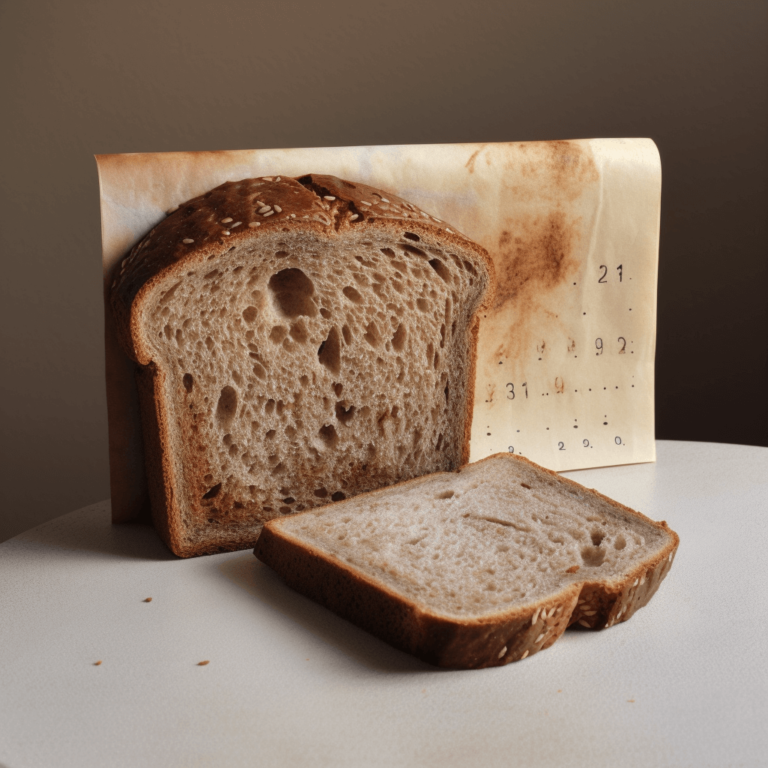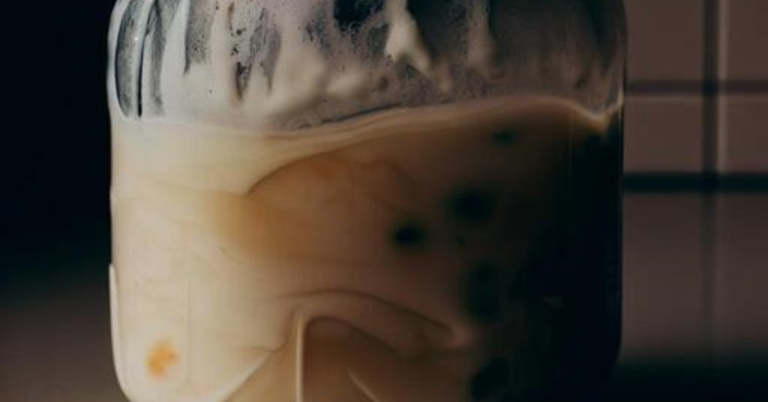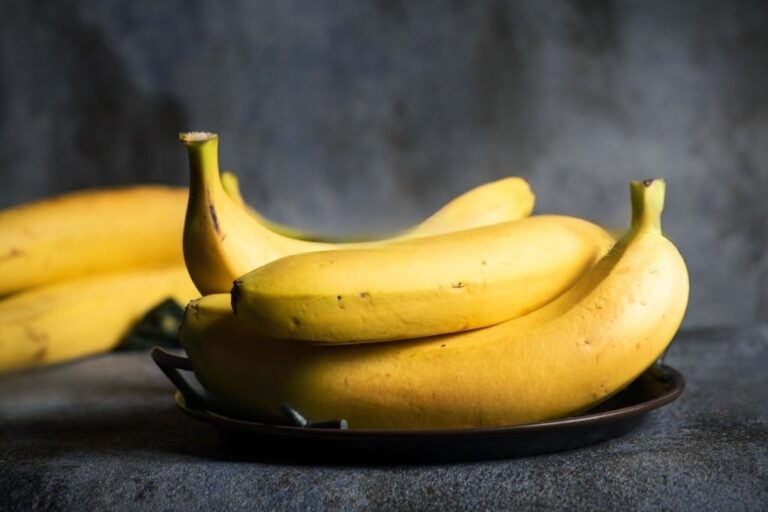A QUICK GLANCE…
Spaghetti squash, when stored properly, can last for about 1 to 3 months. To maximize its shelf life, it is essential to store it in a cool, dry place such as a pantry or cellar, away from direct sunlight and moisture. It is advisable not to wash the squash until you are ready to use it, as excess moisture can lead to spoilage. Regularly inspect the squash for any signs of mold, soft spots, or an unpleasant odor, and discard any damaged ones promptly to prevent the spread of spoilage.

When it comes to cooking with spaghetti squash, one of the first questions that comes to mind is: how long does it last? As someone who loves to meal prep and cook in bulk, knowing the shelf life of different ingredients is crucial.
So, in this article, we’ll dive into the factors that affect the shelf life of spaghetti squash, proper storage techniques, and how to tell if it has gone bad.
Spaghetti squash is a versatile and nutritious ingredient that can be used in a variety of dishes, from pasta substitutes to salads. But like most fresh produce, it doesn’t last forever. Factors such as temperature, humidity, and air exposure can all impact how long spaghetti squash will stay fresh.
By understanding these factors and implementing proper storage techniques, you can extend the shelf life of your spaghetti squash and get the most out of your ingredients.
Factors Affecting Spaghetti Squash Shelf Life
Discover the top factors that impact how long your spaghetti squash stays fresh! Growing conditions and harvesting methods are two of the main factors that determine the shelf life of spaghetti squash. If the squash was grown in an environment with poor soil quality or exposed to extreme temperatures, it can affect the overall quality and lifespan of the vegetable.
Additionally, if the squash was not harvested at the right time, it may not ripen to its full potential and can spoil faster. Another important factor is the way the spaghetti squash is stored. If it is not stored in a cool, dry place, it can easily develop mold and rot.
It’s recommended to store spaghetti squash in a place with good air circulation, such as a pantry or a cool basement. If the squash has been cut open, it should be wrapped tightly in plastic wrap and stored in the refrigerator. When stored properly, spaghetti squash can last up to 3 months.
In addition to growing conditions, harvesting methods, and storage, the freshness of the spaghetti squash at the time of purchase also plays a role in its shelf life. If the squash is already old or has been sitting on the shelf for too long, it may not last as long as a freshly picked one.
Make sure to choose a squash that is firm and heavy for its size, with a hard rind and no soft spots. By taking these factors into consideration, you can ensure that your spaghetti squash will last as long as possible.
Proper Storage Techniques
To keep your spaghetti squash fresh and delicious for as long as possible, make sure you’re storing it properly using these techniques.
After cooking the squash, let it cool down completely before storing it. You can do this by leaving it out of the refrigerator for a few hours. Once cooled down, cut the squash into halves or quarters and remove the seeds.
Store the squash in an airtight container or wrap it tightly with plastic wrap. This will prevent it from absorbing any unwanted smells or moisture.
Another important factor to consider when storing spaghetti squash is the temperature. The ideal temperature for storing spaghetti squash is between 50 and 55 degrees Fahrenheit. If you have a cool pantry or basement, this could be the perfect spot for storing your squash. However, if you don’t have a cool place to store it, you can keep it in the refrigerator. Just make sure to wrap it tightly with plastic wrap to prevent it from drying out.
Spaghetti squash is an incredibly nutritious vegetable that’s packed with vitamins and minerals. To make sure you get the most out of this superfood, it’s important to store it properly.
By using these storage techniques, you can keep your spaghetti squash fresh and delicious for up to a week. So go ahead and stock up on this versatile vegetable, and enjoy its many health benefits!
Signs of Spoilage
If you’re not careful, your beloved spaghetti squash can go bad before you know it, so it’s important to know the signs of spoilage.
While proper storage options and cooking methods can extend the shelf life of your squash, it’s still important to be able to identify when it’s gone bad.
The most obvious sign of spoilage is mold. If you notice any fuzzy, green, or black spots on the surface of your squash, it’s time to throw it out.
Another sign of spoilage is a foul odor. Fresh spaghetti squash should have a mild, slightly sweet aroma. If it smells sour, rancid, or just plain bad, it’s time to say goodbye.
Additionally, if you find any soft spots or discoloration on the surface of your squash, this is also a sign that it’s starting to spoil.
While it may be tempting to cut away the bad parts and salvage the rest, it’s not worth the risk of getting sick.
In order to prevent spoilage in the first place, always store your spaghetti squash in a cool, dry place such as a pantry or root cellar.
Avoid storing it in the refrigerator, as this can cause it to spoil more quickly.
Additionally, cook your squash as soon as possible after purchasing it, as this will help to extend its shelf life.
By keeping an eye out for these signs of spoilage and following proper storage and cooking techniques, you can enjoy your spaghetti squash for weeks to come.
How to Tell if Spaghetti Squash Has Gone Bad
You don’t want to eat bad food, so it’s important to know how to tell when your spaghetti squash has gone bad. Whether you’re using it for your favorite cooking methods or incorporating it into your recipes, a bad squash can ruin the taste of your dish. Here are some signs to look out for to tell if your spaghetti squash has gone bad:
- Smell: If your spaghetti squash smells sour or like it’s gone bad, it’s time to toss it.
- Appearance: If your squash has visible mold, dark spots, or is slimy, it’s no longer good to eat.
- Texture: If the flesh of your spaghetti squash feels mushy or has a texture that is slimy or gritty, it’s a sign that it’s gone bad.
- Taste: If you cut into your squash and it has a bitter taste or an off-flavor, it’s time to throw it out.
If you’re unsure about the freshness of your spaghetti squash, it’s better to be safe than sorry. It’s always best to err on the side of caution and throw out any squash that you’re not sure about.
Proper storage can also help extend the shelf life of your squash. Store it in a cool, dry place, and make sure to use it within a week or two of purchase.
Keeping your spaghetti squash fresh and in good condition is key to enjoying it in your favorite recipes. By following these tips and guidelines, you can ensure that your squash is fresh and safe to eat, so you can enjoy it in all your favorite dishes without worrying about any potential health risks.
Tips for Extending the Shelf Life of Spaghetti Squash
Want to keep your favorite fall vegetable fresh for as long as possible? Try storing it in a cool, dry place and using it within a week or two of purchasing! But if you’re like me and always end up with more spaghetti squash than you can use, here are some tips for extending its shelf life.
Firstly, consider freezing options. If you know you won’t be able to use all of your spaghetti squash before it goes bad, try freezing it in individual portions. Simply cook the squash as you normally would and then scoop it into freezer-safe containers or bags. This way, you can enjoy the taste of fall even when the season is long gone.
Secondly, get creative with recipe ideas. Spaghetti squash is incredibly versatile and can be used in a variety of dishes. Try making spaghetti squash lasagna, roasted spaghetti squash with parmesan and garlic, or even spaghetti squash fritters. By using different recipes, you’ll be able to use up your squash before it goes bad and enjoy a range of delicious meals in the process.
By following these tips, you’ll be able to extend the shelf life of your spaghetti squash and enjoy it for longer. Whether you choose to freeze it or get creative with recipe ideas, you can ensure that none of this delicious fall vegetable goes to waste. So next time you’re at the grocery store, don’t be afraid to stock up on spaghetti squash – you’ll have plenty of ways to use it up!
| Storing Tips | Freezing Options | Recipe Ideas |
|---|---|---|
| Store in a cool, dry place | Cook and freeze in individual portions | Spaghetti squash lasagna |
| Use within a week or two of purchasing | Store in freezer-safe containers or bags | Roasted spaghetti squash with parmesan and garlic |
| Keep away from moisture and direct sunlight | Thaw in the refrigerator before using | Spaghetti squash fritters |
| Check for any signs of spoilage before using | Turkey and spaghetti squash skillet |
Conclusion
Overall, spaghetti squash is a relatively durable vegetable that can last for several weeks if stored properly. The factors that affect its shelf life include temperature, humidity, and exposure to air and light. By following the proper storage techniques, such as keeping it in a cool, dark place and avoiding moisture, you can extend its shelf life and enjoy its delicious taste and health benefits for a longer period of time.
If you notice any signs of spoilage, such as mold, soft spots, or a foul odor, it’s best to discard the spaghetti squash to avoid the risk of illness. However, with the tips and information provided in this article, you can confidently store and use spaghetti squash to enhance your meals and add variety to your diet.





